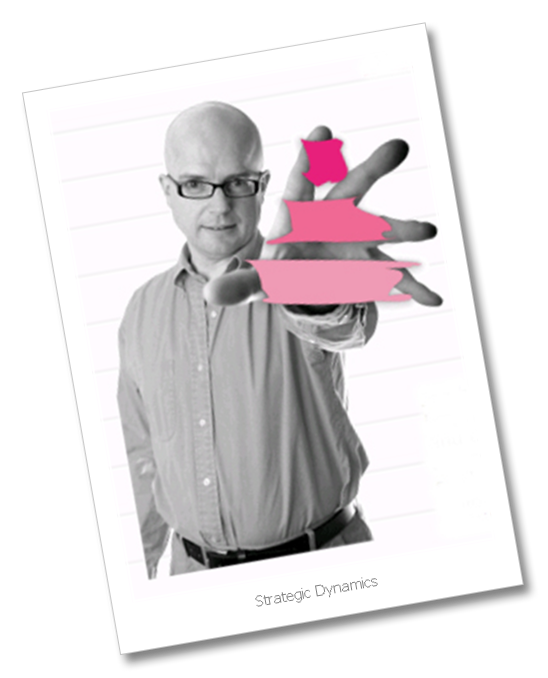An organisation’s capability can come from a broad range of sources. For example, in my book, I describe BT’s capability of performance maximisation and the BBC’s of creative intelligence.
In the July / August Harvard Business Review article, I referred to in my previous post, Ulrich provides these other examples (a few of which read more like core competencies than organisational capabilities to me):
- Wal-mart: Managing costs efficiently, getting things done on time
- FedEx: Managing logistics, meeting deadlines, solving problems quickly
- Lexus: Managing quality processes (lean manufacturing and design, Six Sigma) for continuous improvement
- Procter & Gamble: Developing consumer insights, precisely targeted marketing, product innovation
- McKinsey: Leading teams that deconstruct business problems, synthesise data, and develop solutions
- Boeing: Solving global problems, working as teams, possessing technical excellence in aerospace
- Apple: Creating new products and services that break the industry norms
- PepsiCo: Building the next generation of talent.
But in some organisations, capability definitely does come from their ability to ensure great leadership on an ongoing basis (hence this really does provide a leadership brand). GE is a particular case in point. Ulrich notes:

“Everyone thought Reg Jones, the firm’s CEO from 1972 and 1981, was replaceable. Then came Jack Welch, and everyone thought he was irreplaceable. Not Jeff Immelt has show himself to be more than steady at the helm. GE’s stock price has remained stable even when its top managers leave. The firm has an organisational capability that transcends any one individual.”
Workforce Management (23 July) includes an interview with Bill Conaty, GE’s VP of HR who explains some of the practices that have contributed to this capability. For example, Conaty GE’s policy of development and progression for top executives (which succeeds in generating a retention rate of 95 to 97%):
“By constant, candid communication with these individuals and giving them bigger and better development opportunities. We always have some form of a career ladder of progression still available for those running GE businesses.
Probably 85 to 90 percent of our top 600 leaders get promoted from within. That means when the top jobs open up, the internal people know they have a shot at it. At most of these companies, whether they are Fortune 50 or Fortune 10, the top job usually gets filled by an outsider, and to me that is a real demoralising event for the people inside the company.”
SHRM’s July HR Magazine has also commented on GE’s people driven success, and includes a quote from Jeff Immelt explaining that he evaluates GE businesses “by looking at a triangle of the CEO, the CFO and the senior HR leader” and that he considers complementary skills among the three to be “absolutely central to how that business is led”.
Welch has a very similar perspective. At SuccessFactors’ user conference this June, he commented that:
“The HR person has to be the most important partner to the CEO… There’s not a day that goes by that I don’t talk to our senior HR leader... people have to be our core competency”.
So what should HR practitioners do in they work for an organisation that doesn’t give them this priority? Immelt’s suggestion is that they should find another job: “HR people need to work for companies where people are valued.”
He could have said, one which invests in organisational capability.




.jpg)










